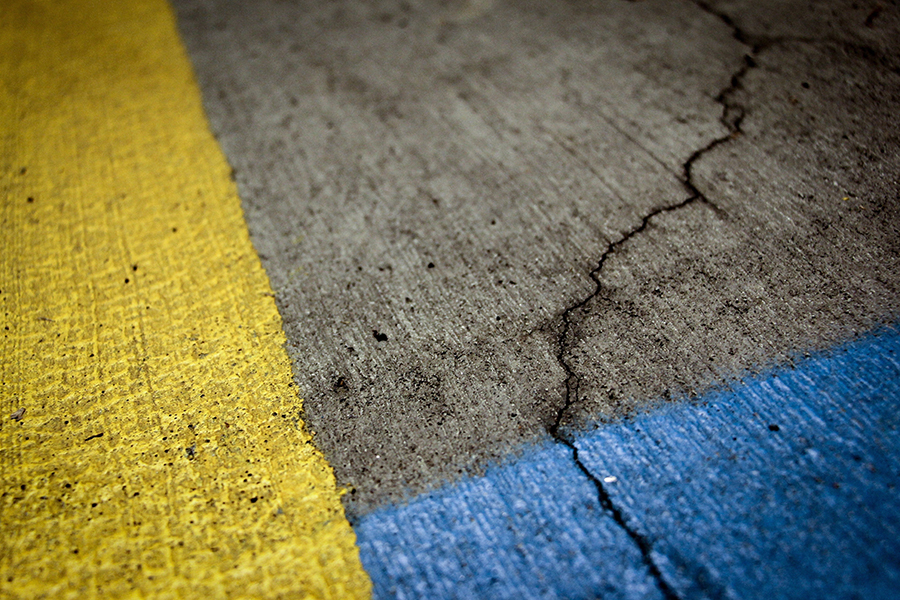One of the best ways to keep tenants happy is to quickly repair items that are reported as broken or damaged. However, it is also vital to avoid operating solely from a reactive position. On many occasions, repairs are avoidable when adhering to a preventative maintenance plan. Without such a plan in place, the cost of repairs or replacements can quickly mount.
A preventative maintenance plan involves replacing items instead of simply using a temporary fix. Although this can be more expensive in the short term, it will safeguard you against avoidable big-ticket expenses.
Communal areas
The appearance of the communal areas on your property can greatly affect prospective tenants’ perception. Inspect all communal areas including parking lots, halls, entryways, entertainment areas, mailrooms and storage rooms weekly.
Repair any damaged flooring or sidewalks immediately and check exterior walls for any damage. Check the signage to ensure that it is clean and visible at all times. Check that all machinery for communal use, such as the pool pump and washing machines, is working properly.
Lawn, trees and vegetation
For trees and vegetation, keep an eye on branches and root growth. Trim branches before they become a hazard to the building or power lines. Roots should also be monitored because they can result in costly repaving if the overgrowth goes under concrete surfaces.
Check that the water drainage system is functioning properly and kept clear of debris or vegetation. Inspect the irrigation system weekly and replace irrigation heads when needed.
Lighting and electrical
Regular inspection of fixtures will ensure that the light quality of the property remains high and that proper energy savings are maintained. You should also be on the lookout for overloaded or damaged sockets as these can turn into fire hazards.
Individual unit inspections
Carry out regular individual unit inspections once every three to six months. Check that the plumbing, lights, electricity, HVAC system, smoke detectors, carbon monoxide detectors and gas meters are all functioning properly. Be sure to also check the gas meters, gas lines and valves to ensure that there are no leaks.
Seasonal maintenance
Certain maintenance tasks must be scheduled for certain seasons, such as ordering snow melt in time for winter. Get exterminators to the property once or twice a year to keep them free of pests. Check the roofing before and after the rainy season and winter. Ensure that all gutters and rails are cleared to prevent blockages or leaks.
Improper maintenance can result in safety hazards for tenants and also damage the property, so the sooner a proper preventative maintenance plan is set in place, the better off you will be. Adopting a wait-and-see approach might save some money over the short term, but it will inevitably result in serious financial repercussions later.
Related Articles
7 Property Inspection Tips for Purchasing an Apartment Complex
3 Inexpensive Landscape Makeovers for Your Rental Property
Inexpensive Fixes for Life Safety Issues at Your Rental Properties
Latest posts by Theresa Bradley-Banta (see all)
- Multifamily Common Areas Maintenance & Management Tips - March 31, 2020
- 8 Tenant Gift Ideas That Will Boost Your Bottom Line - November 11, 2019
- Need a Package Delivery System at Your Multifamily Rental Property? - October 28, 2019



